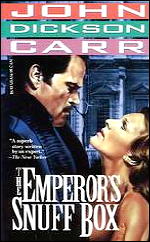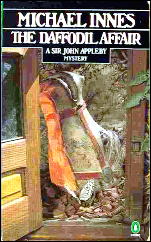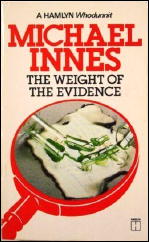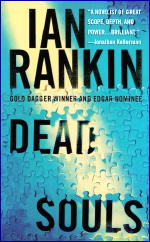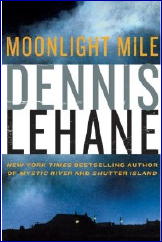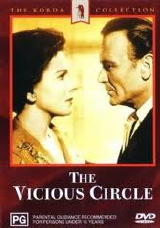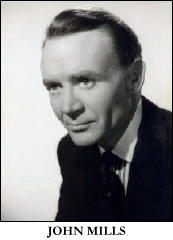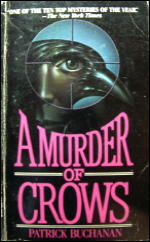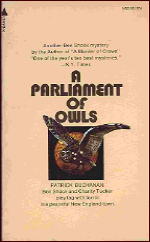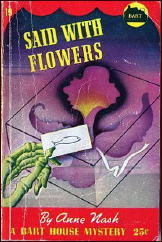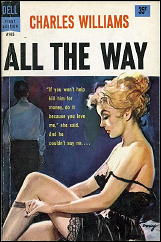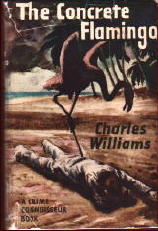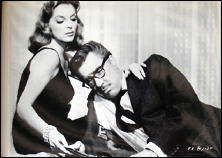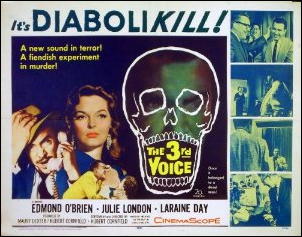Mon 5 Dec 2011
Reviewed by Richard & Karen La Porte: WILLIAM CAMPBELL GAULT – The Chicano War.
Posted by Steve under Reviews[3] Comments
WILLIAM CAMPBELL GAULT – The Chicano War. Walker, hardcover, 1986. No paperback edition.
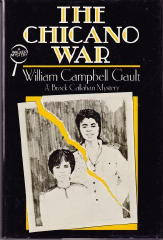
Brock Callahan, retired pro football star and private eye, takes in eleven year old Juan Chavez, who has run away from St. Mary’s foundling home. What Brock doesn’t guess is that he is also taking in a big piece of the gang/race war that is a hidden river of evil running under the peaceful streets of San Valdesto, a sun-warmed affluent “somewhat” north of Los Angeles.
Juan has a brother named Pete who is a skilled auto mechanic and who has disappeared. Chris Andropolus, the hoodlum who is trying to make San Valdes his private turf, opens a firebombing and shooting battle against the Brotherhood, who are a group of respectable Chicanos.
This battle culminates in the death of Andropolus and the arrest of Ricardo Cortez, a leader of the Brotherhood. The missing brother Pete is embroiled in an auto chopping operation run by one of Andropolus’s hired guns in the unincorporated and largely Chicano suburb north of San Valdesto.
Hatred grows and family ties are strained. The redneck Police Sergeant Karl Kranski’s niece is Mrs. Andropolus, and his wife is the former Lois Woolrick of local old and respectable money. By this time Callahan is playing touch-and-go with a three-sided war: the police, the gang, and the Chicanos. It’s an absolutely no-win affair.
Callahan is his usual bluff and charming self and welcome for various reasons in each of the three war camps. He is ably aided and abetted by a lovely friend Jan, an interior decorator, his housekeeper Mrs. Casey, and an old pro football buddy Orlando Davis, who is two hundred and seventy pounds of black wit.
The story abounds with ethnic names, ethnic slurs and vintage cars. As ever, Mr. Gault is a master of characterization by dialogue, revealing the undercurrents below the surface of a conversation. Like the eleven previous Brock Callahan books this is a highly readable caper featuring a really “laid back” all around good guy.
